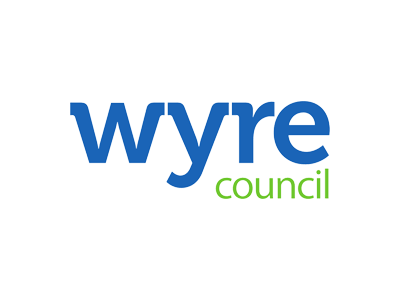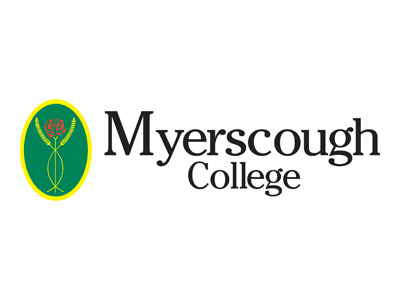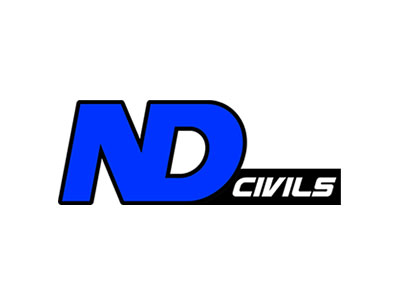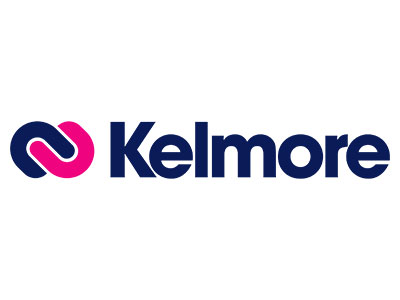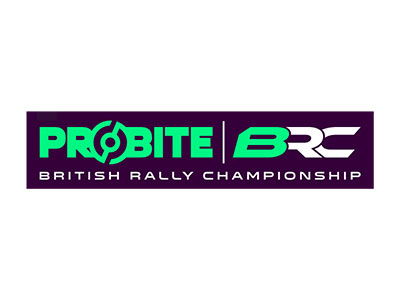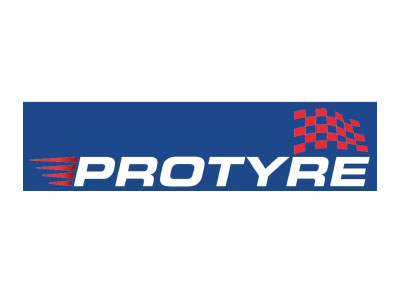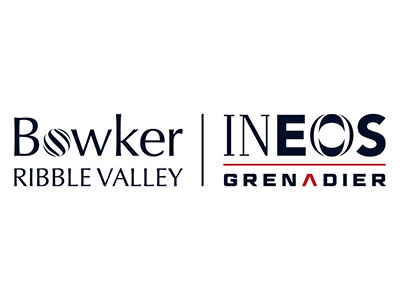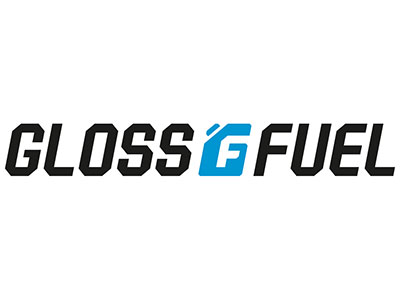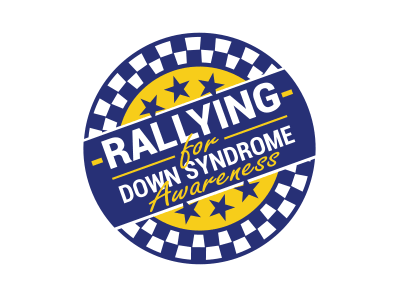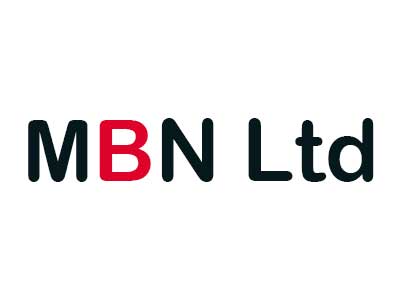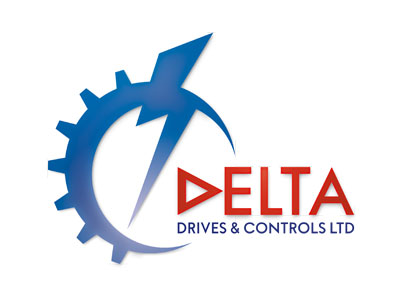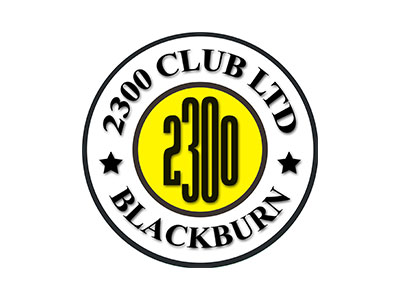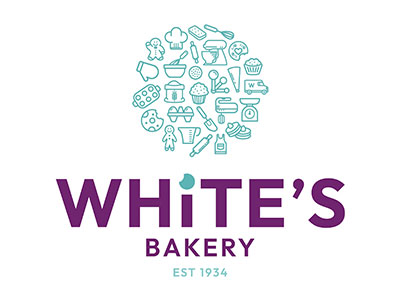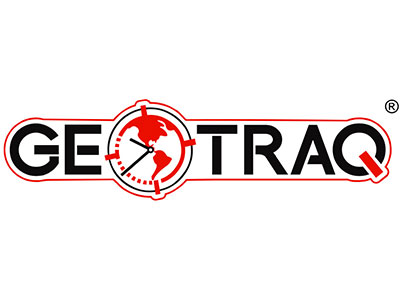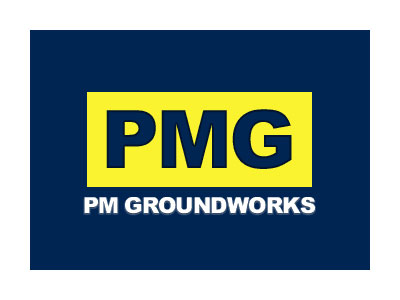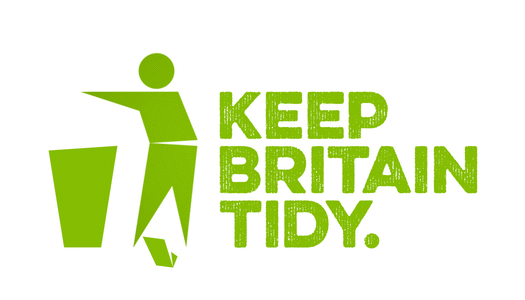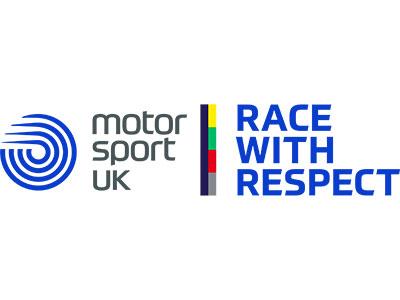Rally Terminology
Scrutineering:
The checking over of the rally cars which takes place before, during and after the rally to make sure that all cars are safe and road-worthy and conform to the championship and event regulations. Even the crew’s crash helmets and flame proof overalls come under scrutiny.
Co-driver:
Sometimes called the Navigator. This is the person who sits next to the driver and is responsible for providing the driver with accurate route information and making sure they keep to their time schedule. The co-driver should also provide the driver with information to enable the special stages to be driven as quickly as possible.
Special Stages (SS):
Are the competitive sections of a stage rally event where the goal is to cover a stretch of closed road in the shortest time. On a special stage cars are set off individually at set intervals to reduce the chances of being impeded by other competitors. The driver with the lowest combined time for all special stages, having taken any time penalties into consideration, is the winner. While competing on a special stage, the drivers and co-drivers can’t receive any support from their teams (except through radio/phone contact) and must deal with any breakdowns or problems themselves.
Time Cards:
Time Cards must be presented at each Control for rally officials to record the actual time on it.
Time Penalty:
If crews are late at a Time Control they are given a time penalty. For early arrival – 1 minute per minute or fraction of a minute early. For late arrival at a Main Control (out) – 10 seconds per minute or fraction of a minute late. Incurring time penalties can have a significant bearing on the rally’s final results.
Over Time Limit (OTL):
Is a fixed limit of accrued lateness, after which the crew are no longer allowed to continue to compete. This enables marshals and other personnel involved in running a rally to only wait for a fixed amount of time after the last car was due before closing the control.
Road Sections:
These are the sections of the rally route that link the special stages together. These are often public roads where all traffic laws must be obeyed. Accordingly all cars must be roadworthy (with MOT certificate if required) and be taxed and insured. The time schedule between Special Stages is set to ensure that all road sections have a maximum average speed of less than 30mph.
Flying Finish:
Is the point at which timing for the special stage ends. The name comes from the fact that a car will be travelling at full racing speeds when it passes this post. Approximately 50 meters after the stop point is the end of the special stage restrictions.
Stop Control:
Located 200 – 500 yards after the flying finish, where all crews must stop to have their time recorded on their Time Card.
Parc Fermé:
As the name suggests a ‘Closed Park’ which is a restricted area where no service can take place.
Zero Car:
Sometimes referred to as the opening or course car. It covers each stage (or pair of stages) in advance of the competing cars. The zero car(s) acts as a wake-up call to spectators and marshals forewarning them that the main action will shortly be following (usually around 10 minutes). The zero car goes through the stage at ‘close to rally speed’, to give spectators and marshals a taste of what’s to come. Whilst doing this the crew must check that just about everything in the stage is in its right place. That means ensuring that stage furniture (arrows, barriers, etc.) and rally officials (marshals, radio cars, etc.) are all in their correct positions and there are no spectators stood in dangerous locations. On larger rallies you may find up to three ‘zero’ cars numbered 000, 00 and 0.
Road Book:
Supplied by the organisers, the Road Book contains maps, tulip diagrams and timings for all the special stages and road sections of the rally.
Documentation:
Based at the Rally HQ this is where the drivers and co-drivers sign-on for the rally, and have their documentation including insurance and licences checked.
Rally HQ:
The control hub of the rally, the Legend Fires North West Stages’ Rally HQ is at Myerscough College. Officials of the event are based here constantly monitoring the progress of the rally.
Service Park:
The main operational base for all the teams, all servicing work must be carried out here subject to time limits. Exceeding the time limit will incur a time penalty. The Service Park also provides the TV crews with an opportunity to catch up with the drivers for some on-event interviews. The Service Park for the Legend Fires North West Stages is located at Myerscough College.
Opposite Lock:
The technique used by the driver to control a sliding car whereby the driver steers against the cars drift (opposite lock) to reduce the risk of the car spinning out of control.
Scandinavian Flick: The driver momentarily turns the wheel in the opposite direction before turning the car into the correct direction for a corner. This action creates a shift in the car’s weight causing it to flick into the corner.
Left Foot Braking:
Whilst still using the right foot to operate the throttle the driver uses his/her left foot to operate the brake pedal. This action de-stabilises the car allowing the driver to put it into a controlled (we hope!) slide, a technique that is often adopted on the approach to a corner.
World Rally Car:
Is a term used to describe cars built to the specification set by the Fédération Internationale de l’Automobile (FIA), the international motorsports governing body, and used to compete in the outright class of the World Rally Championship (WRC). The WRC specifications were first introduced by the FIA in 1997. World Rally Cars must be based on a production car that has a minimum production run of 2500 units and are hand built at a cost of around £500,000.

